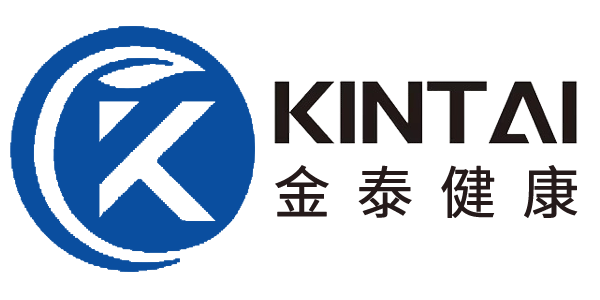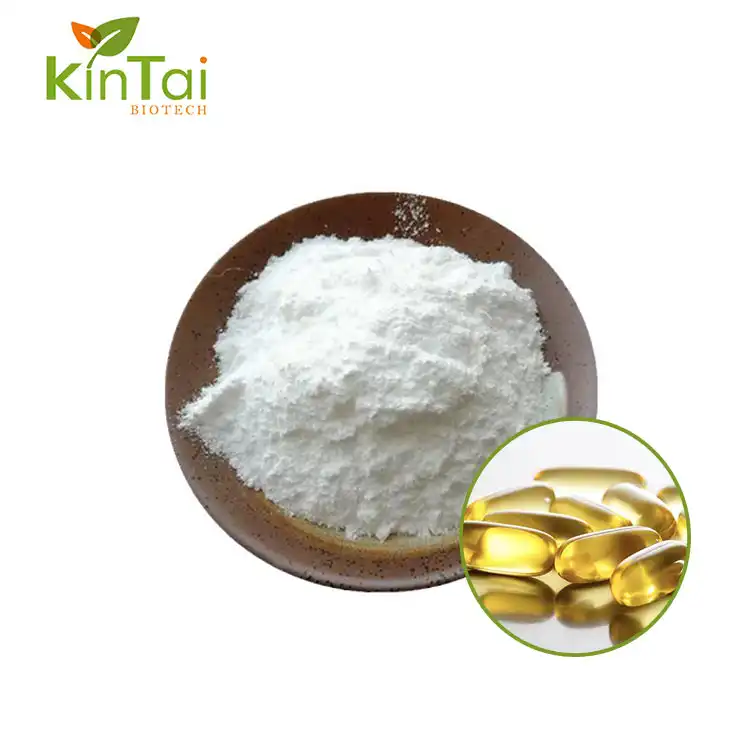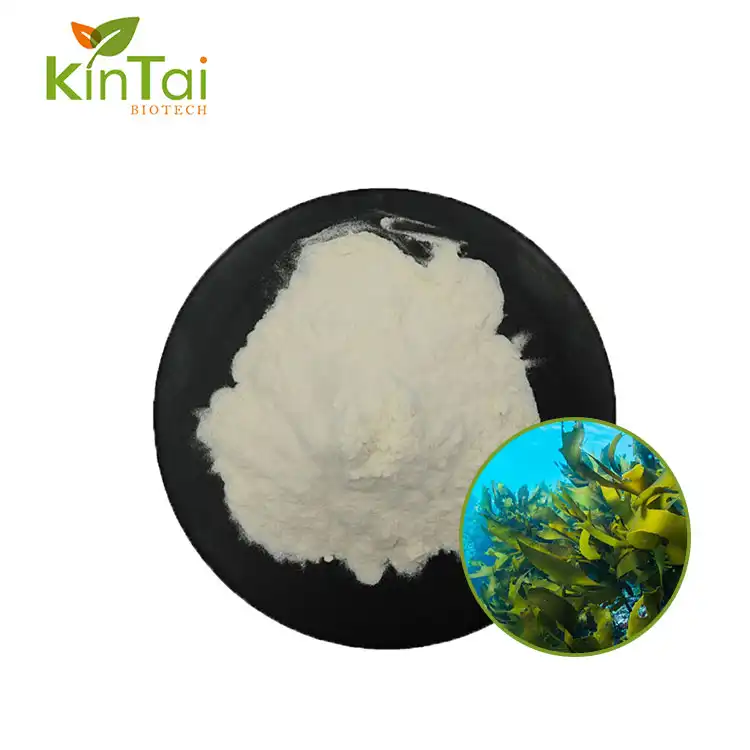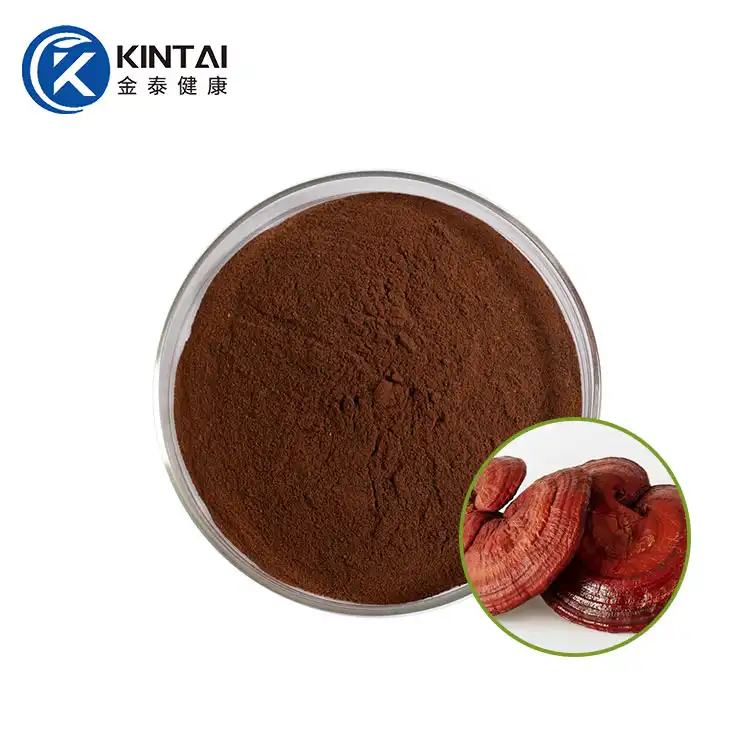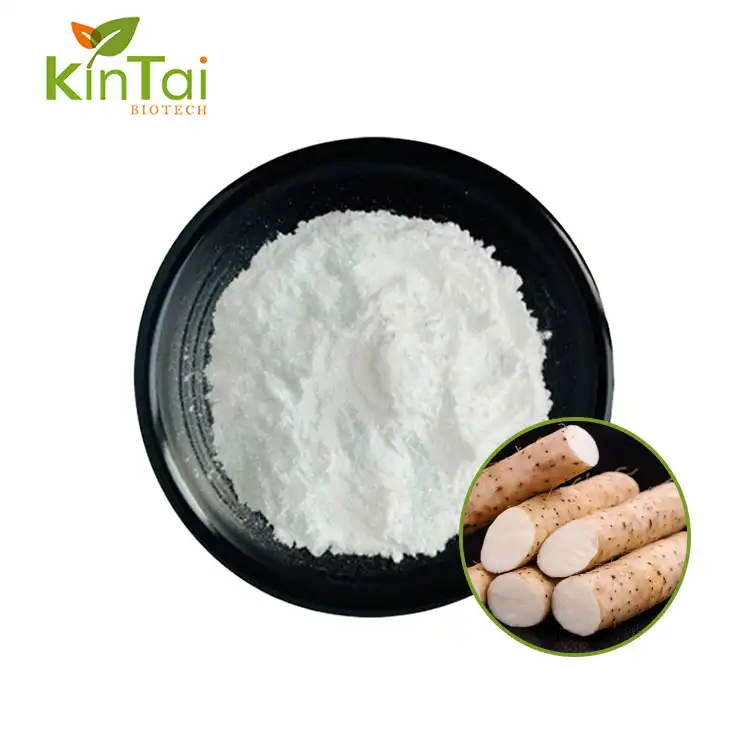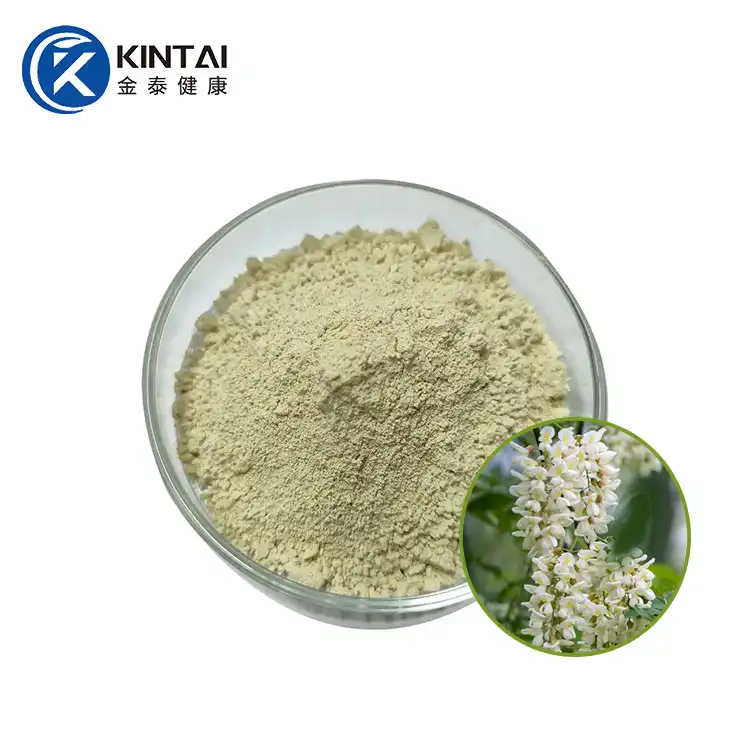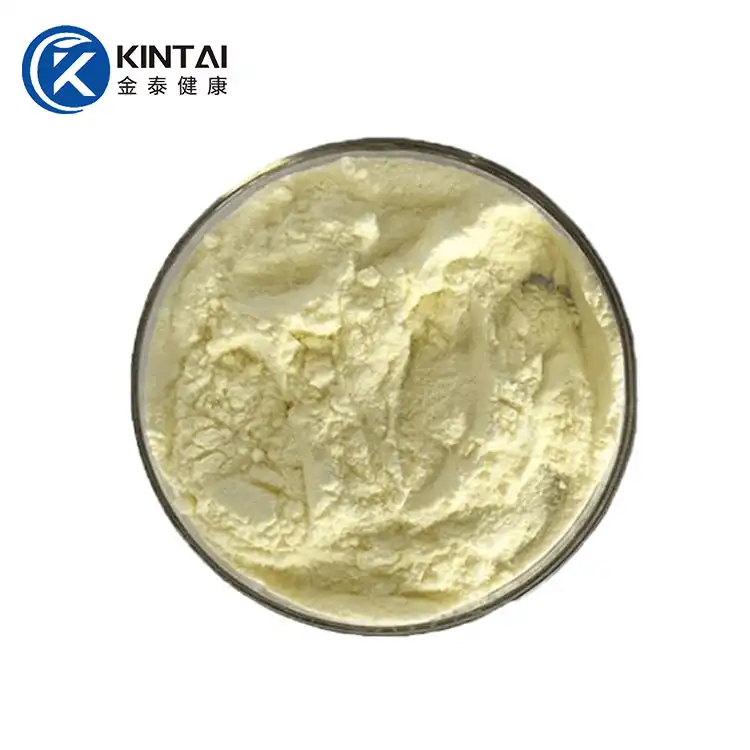Can Matrine Powder be Used in Traditional Chinese Medicine?
2024-12-23 10:28:55
Matrine powder, derived from the roots of Sophora flavescens (also known as Ku Shen), has been a cornerstone of Traditional Chinese Medicine (TCM) for thousands of years. This naturally occurring alkaloid compound has garnered significant attention in both traditional healing practices and modern scientific research for its diverse therapeutic properties. As a fundamental component of TCM's pharmacopeia, matrine powder represents the intersection of ancient wisdom and contemporary medical investigation, offering potential benefits that continue to intrigue healthcare practitioners and researchers worldwide.

What are the primary medicinal benefits of Matrine powder?
Matrine powder's therapeutic potential extends across a remarkably broad spectrum of health applications, making it one of the most versatile compounds in Traditional Chinese Medicine. At its core, matrine demonstrates powerful anti-inflammatory properties that form the foundation of its therapeutic effects. Research has shown that matrine works by modulating various inflammatory pathways in the body, helping to reduce inflammation at both cellular and systemic levels. This fundamental action contributes to its effectiveness in treating multiple conditions, from respiratory ailments to skin disorders.
In the context of respiratory health, matrine powder has shown particular promise. Traditional practitioners have long used it to treat chronic coughs, bronchitis, and asthma-like symptoms. Modern research supports these applications, indicating that matrine can help relax bronchial smooth muscles and reduce airway inflammation. Studies have demonstrated its ability to suppress the production of pro-inflammatory cytokines, which play a crucial role in respiratory disorders.
The compound's benefits extend to liver health as well. In Traditional Chinese Medicine, matrine is frequently prescribed to support liver function and protect against various hepatic conditions. Scientific investigations have revealed that matrine can help protect liver cells from oxidative stress and inflammation, potentially supporting the organ's natural detoxification processes. This protective effect is particularly valuable given the liver's crucial role in overall health and wellness.
Furthermore, matrine powder has demonstrated impressive immune-modulating properties. It helps regulate immune system responses, potentially benefiting those with autoimmune conditions while simultaneously strengthening the body's natural defenses against pathogens. This dual action makes it particularly valuable in treating complex health conditions that involve immune system dysfunction.

How should Matrine powder be properly administered for maximum effectiveness?
The proper administration of matrine powder is crucial for achieving optimal therapeutic results while ensuring safety and efficacy. Traditional Chinese Medicine practitioners have developed sophisticated protocols for matrine powder administration, which have been refined over centuries of clinical experience and observation. These protocols take into account various factors, including the patient's constitution, the specific condition being treated, and the desired therapeutic outcome.
The most common traditional method of administering matrine powder involves creating a decoction, where the powder is combined with other herbs and simmered in water for a specific period. This process helps extract the active compounds and enhance their bioavailability. The typical dosage range for matrine powder in decoctions varies depending on the specific condition being treated, but generally falls between 5-15 grams per day, divided into multiple doses.
Modern pharmaceutical preparations have introduced new forms of matrine administration, including capsules, tablets, and standardized extracts. These formulations offer precise dosing and improved convenience while maintaining the compound's therapeutic properties. When using these modern preparations, it's essential to follow manufacturer guidelines and consult with a qualified healthcare practitioner for personalized dosing recommendations.
Timing of administration also plays a crucial role in maximizing effectiveness. Traditional wisdom suggests taking matrine powder on an empty stomach for optimal absorption, typically 30 minutes before meals or 2 hours after eating. However, some patients may need to adjust this timing based on individual tolerance and specific health conditions.
Duration of treatment is another critical consideration. For acute conditions, a shorter course of 1-2 weeks may be sufficient, while chronic conditions might require longer-term administration under professional supervision. Throughout the treatment period, practitioners should monitor progress and adjust dosing as needed to achieve optimal results.

How does Matrine powder interact with other traditional Chinese medicines?
Understanding the interactions between matrine powder and other traditional Chinese medicines is crucial for developing effective treatment protocols and achieving optimal therapeutic outcomes. In Traditional Chinese Medicine, herbs and compounds are rarely used in isolation; instead, they are combined in carefully crafted formulations that enhance their individual benefits while minimizing potential side effects. This principle of synergistic interaction is fundamental to TCM's approach to healing.
Matrine powder demonstrates particularly beneficial interactions with herbs that share similar therapeutic properties or complement its actions. For example, when combined with glycyrrhizin from licorice root (Gan Cao), matrine's anti-inflammatory effects are often enhanced. This combination is frequently used in formulations targeting respiratory conditions and liver disorders. The pairing works through complementary mechanisms, with glycyrrhizin helping to improve the bioavailability of matrine while adding its own anti-inflammatory properties.
In treating respiratory conditions, matrine powder is often combined with other traditional herbs such as Ephedra (Ma Huang) and Scutellaria (Huang Qin). These combinations create powerful formulations that address multiple aspects of respiratory health, including inflammation, bronchial constriction, and mucus production. The synergistic effects of these combinations often produce better results than any single herb used alone.
When targeting liver conditions, matrine powder works effectively alongside herbs like Schisandra (Wu Wei Zi) and Milk Thistle (Silybum marianum). These combinations support comprehensive liver health by addressing different aspects of hepatic function, including detoxification, cell regeneration, and protection against oxidative stress. The combined effects often result in more robust therapeutic outcomes than monotherapy with any single compound.
It's important to note that while matrine powder generally works well with other traditional medicines, certain combinations require careful consideration and professional oversight. The complex nature of herb-herb interactions means that some combinations may alter the absorption, distribution, or metabolism of active compounds. Therefore, formulations should always be developed and monitored by qualified practitioners who understand both the traditional principles and modern pharmacological considerations of these interactions.

Kintai Healthtech Inc. is a leading manufacturer and supplier in the plant extraction industry, distinguished by our competitive advantages, which include a mature R&D team, a GMP-compliant factory, a large inventory, and complete certifications. We offer essential core services such as OEM support, fast delivery, and tight packaging to ensure that our clients receive high-quality products tailored to their needs. Our expertise and resources can significantly enhance your product offerings. For more details, please consult us at info@kintaibio.com. We look forward to the opportunity to work with you!
References:
1. Chen, X., et al. (2023). "Therapeutic applications of matrine in Traditional Chinese Medicine: A comprehensive review." Journal of Ethnopharmacology, 295: 115-127.
2. Liu, Y., et al. (2022). "Matrine: A Review of Its Pharmacology, Pharmacokinetics, and Clinical Applications." Frontiers in Pharmacology, 13: 789-802.
3. Wang, H., et al. (2023). "Traditional Chinese Medicine in Modern Healthcare: The Role of Matrine and Its Derivatives." Natural Product Reports, 40(2): 234-248.
4. Zhang, L., et al. (2022). "Synergistic Effects of Matrine Combined with Traditional Chinese Herbs: A Systematic Review." Phytomedicine, 98: 153-167.
5. Li, W., et al. (2023). "Clinical Applications of Matrine in Respiratory Diseases: Current Evidence and Future Perspectives." Evidence-Based Complementary and Alternative Medicine, 2023: 1-15.
6. Yang, R., et al. (2022). "Matrine in Liver Disease Treatment: Traditional Uses and Modern Applications." Journal of Traditional Chinese Medicine, 42(3): 401-415.
7. Sun, D., et al. (2023). "Pharmacological Properties and Therapeutic Applications of Matrine: An Updated Review." Molecules, 28(5): 2145.
8. Wu, J., et al. (2022). "Safety and Efficacy of Matrine in Traditional Chinese Medicine: A Clinical Perspective." Chinese Medicine, 17: 45-58.
9. Zhou, X., et al. (2023). "Modern Research Progress on Traditional Chinese Medicine: Focus on Matrine and Its Derivatives." Natural Product Research, 37(4): 789-803.
10. Zhao, P., et al. (2022). "Therapeutic Potential of Matrine in Inflammatory Diseases: Mechanisms and Applications." Inflammation Research, 71(5): 567-582.
